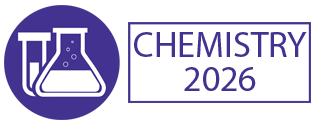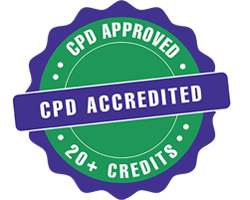Computer-Aided Drug Design
Computer-Aided Drug Design Is A Relatively New Field In Which Computer Software Is Used To Design Drugs That Can Successfully Bind With Their Target Molecules And Thus Produce A Desired Effect. By Analyzing Data From Experiments Conducted On Existing Drugs, Software Can Generate Models Of Drug Molecules, And Chemical Energy Fields And Generated Structural Information Are Used To Choose Drug Candidates. In This Way, Computer-Aided Drug Design Enables Scientists To Identify And Select Potential Drug Molecules From A Vast Range Of Molecules To Develop For Further Testing. Computer-Aided Drug Design Uses Numerous Algorithms To Generate Structural Data And Model Drug Molecules. Molecular Modelling Algorithms Can Be Used To Fill In Missing Data Points Or Derive New Information From Existing Data Points. These Can Include Docking Algorithms Which Determine How Molecules Can Fit Into A Given Receptor And Pharmacophore-Based Algorithms Which Identify Small Chemical Groups Commonly Found In Drugs. Machine Learning Techniques Can Also Be Used To Rapidly Find And Generate Results That Provide Further Information About Potential Therapeutic Targets Or Side Effects. Computer-Aided Drug Design Also Involves Virtual Screening Techniques, In Which Models Of Potential Drug Molecules Are Used To Identify The Most Promising Compounds. Ab Initio Simulations Can Be Used To Simulate The Interaction Of Drug Molecules With Their Therapeutic Targets And Molecular Dynamics Simulations Can Be Performed To Determine How Drug Molecules Will Interact In Biological Systems. Overall, Computer-Aided Drug Design Is A Versatile And Powerful Tool For Drug Discovery Which Reduces The Time And Cost Of Drug Development And Makes It Easier To Identify The Most Promising Drug Compounds. By Providing Scientists With More Accurate And Detailed Information About Potential Therapeutic Targets And Drug Interactions, Computer-Aided Drug Design Offers Tremendous Potential To Advance Drug Development And Shorten The Path To Market.

Hossam A Gabbar
Ontario Tech University, Canada
Victor John Law
University College Dublin, Ireland
Alexander Bagaturyants
National Research Nuclear University MEPhI, Russian Federation
Sergey Suchkov
N.D. Zelinskii Institute for Organic Chemistry of the Russian Academy of Sciences, Russian Federation
Shree Niwas Chaturvedi
Centre for Aptitude Analysis and Talent Search, India
Pieter Samyn
SIRRIS, Belgium




Title : Advances in plasma-based radioactive waste treatment
Hossam A Gabbar, Ontario Tech University, Canada
Title : Unraveling the ultrastructure and functions of the neuronal membrane skeleton using super-resolution fluorescence microscopy
Zhou Ruobo, Djillali Liabes University of Sidi Bel Abbes, Algeria
Title : Solar box cooker dehydration, and relative humidity endpoint detection, of lamiaceae culinary leaves on the island of Crete
Victor John Law, University College Dublin, Ireland
Title : Nutrient and heavy metal loads from the Ribeiras to Coastal zones: A land-ocean continuum perspective in Madeira Island
Aracelis Del Carmen Narayan Rajnauth, University of Porto, Portugal
Title : Prospective polyoxometalate-based covalent organic framework heterogeneous catalysts
Arash Ebrahimi, Comenius University Bratislava, Slovenia
Title : Eliminating implant failure in humans with nano chemistry: 30,000 cases and counting
Thomas J Webster, Brown University, United States